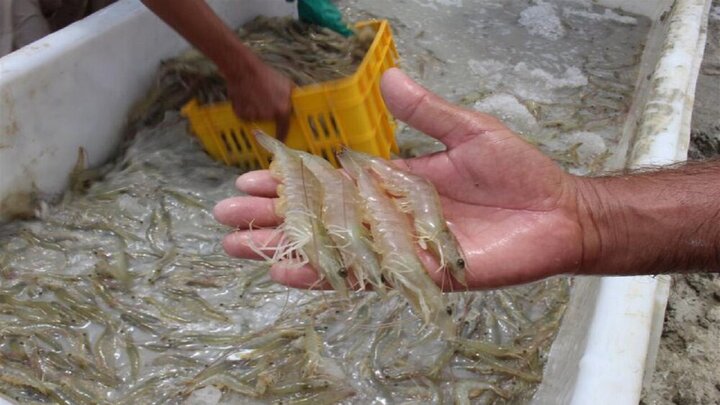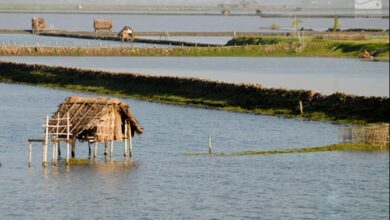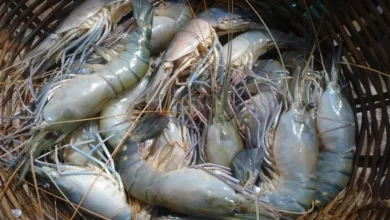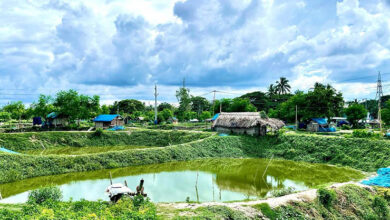
Iran’s shrimp export has surged, reaching $31.3 million in just five months, according to the latest data from the Islamic Republic of Iran Customs Administration (IRICA). The increase reflects a broader trend in Iran’s fishery sector, which saw a 24% growth in export value compared to the same period last year.
During the first five months of the current Iranian calendar year (March 20-August 21), the country exported 68,000 tons of fishery products, totaling $138 million. This represents a 32% year-on-year increase in terms of export volume.
The expansion isn’t limited to shrimp. Iran’s overall fishery exports have shown substantial growth, with a notable 40% rise in export weight during the first quarter of the year compared to the previous year. In total, 73,369 tons of fishery products worth $121.4 million were exported in the first quarter alone.
IRICA also reported that Iran’s fishery exports exceeded $310 million in the last Iranian fiscal year, marking a 3% increase from the previous year. Shrimp exports played a significant role, contributing $98.5 million, or 32%, of the total export value. Despite a slight dip in shrimp export value, with a 26% decline from the previous year, Iran continues to dominate regional markets, with Russia, the UAE, and China as major destinations.
The success of Iran’s aquaculture industry has positioned the country as a regional leader, with the United Nations Food and Agriculture Organization (FAO) recognizing Iran’s pivotal role. The country’s aquaculture advancements, particularly in caged fish farming, are setting benchmarks for other nations in the region.
In light of these developments, Iran is doubling down on its fishery sector. New ventures, including the creation of a value chain for caged fish farming in the Caspian Sea region, are underway. These initiatives aim to enhance production capabilities, focusing on technological upgrades, improved farm management systems, and the development of value-added products from fish waste.
One notable innovation is the introduction of nanobubble generators by a knowledge-based Iranian company. These machines, which enhance oxygen and gas dissolution in water, are expected to boost fish farm productivity and improve the quality of farmed fish. The technology is also energy-efficient, reducing electricity consumption by up to 70%.
With continued investment and innovation, Iran’s fisheries sector is poised for even greater growth, making a mark on global markets and solidifying its role as a model for aquaculture development.




